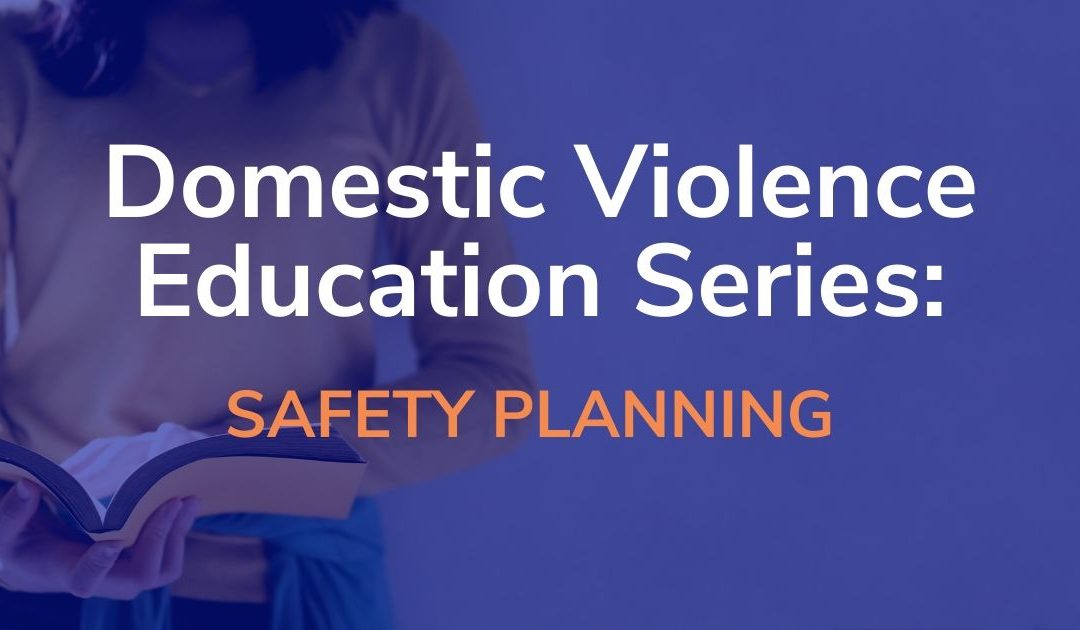Safety Planning
Resilience Case Management Team
Empowerment is Resilience’s primary philosophy when working with survivors who are considering leaving their abusive partners or are working on finding ways to stay safe. This is why we focus on safety planning with every survivor we talk to. Survivors often feel powerless, but safety planning is one thing that they can control. Safety planning is crucial now more than ever, with many survivors unable to find a safe space where they can escape abuse during quarantine. A safety plan outlines ways to identify if you’re in a dangerous relationship, tips on staying safe, and preparing to leave an abusive relationship.
What makes a relationship dangerous? Every relationship is different, just like every individual is different, just like every abusive person is different. While we can’t predict when domestic violence occurrences will happen, we can take information from past violent experiences to help inform us on identifying patterns of abusive behavior. We call some of these abusive patterns Lethality Indicators.
Lethality is a strong word. It signifies that a situation could cause serious harm or death. We have learned from the past that there are factors called lethality indicators that can help us predict if an abusive relationship is likely to become lethal.
Some Lethality Indicators include:
Leaving or attempting to leave the relationship. Leaving an abuser is the most dangerous time for a victim of domestic violence. One study found in interviews with men who have killed their wives that either threats of separation by their partner or actual separations were most often the precipitating events that lead to the murder*. Questions you may ask when safety planning include; what did threats look like when the survivor tried to leave in the past? What did threats look like if the survivor wanted to leave?
Gun ownership. Are there guns in the home? If so, this immediately puts everyone in the home in extreme danger, regardless of who owns the guns or the purpose of owning the guns. Abusers with firearms are five times more likely to kill their victims, and guns further exacerbate the power and control dynamic used by abusers to inflict emotional abuse and exert coercive control over their victims*.
Threats. Have there been threats to kill the survivor in the past? Research shows that previous threats to kill indicate a higher likelihood to follow through on it.
Non-biological children. If the survivor has children that do not belong to the abusive person biologically, there is also a risk to the survivor and her family.
Stalking. Has your partner ever willfully intended to harass you or make a credible threat to place you in reasonable fear for your safety, or the safety of your immediate family? This is stalking.
Strangulation. Has your partner ever placed their hands around your neck and applied pressure? The term “choking” is commonly used to describe this act. It’s the most intimate form of domestic violence, when one abusive partner takes their partner’s life into their very own hands.
If you were able to say yes to any of these indicators, we hope you’ll consider reaching out for help with safety planning. This is not an all-inclusive list of indicators. We want to encourage survivors to listen to their instincts. If you feel that something about your relationship is not healthy but you are unsure, Resilience is here to help you determine this for yourself.
Staying Safe – Create a Safety Plan
A safety plan is a personalized, practical plan that includes ways to remain safe while in a relationship, planning to leave, or after you leave. Safety planning involves how to cope with emotions, tell friends and family about the abuse, take legal action and more.
Every survivor must choose their own path in determining what is safest for themselves and their loved ones. Every situation is different; therefore, each person’s plan will be unique. A good safety plan will have all of the vital information you need and be tailored to your unique situation, and will help walk you through different scenarios.
Although some of the things that you outline in your safety plan may seem obvious, it’s important to remember that in moments of crisis your brain doesn’t function the same way as when you are calm. When adrenaline is pumping through your veins it can be hard to think clearly or make logical decisions about your safety. Having a safety plan laid out in advance can help you to protect yourself in those stressful moments.
Resilience has advocates and volunteers ready 24/7 to work with anyone who has questions regarding their safety and for anyone who wants guidance on creating their own safety plan.
For immediate support, reach out to us at:
24-Hour Help Line: 1-800-848-5991
Hablamos Español: 1-866-728-2131
Safe E-mail: GinnyP411@gmail.com
Sources:
https://www.thehotline.org/help/path-to-safety/
https://everytownresearch.org/reports/guns-intimate-partner-violence/
https://ncadv.org/why-do-victims-stay
